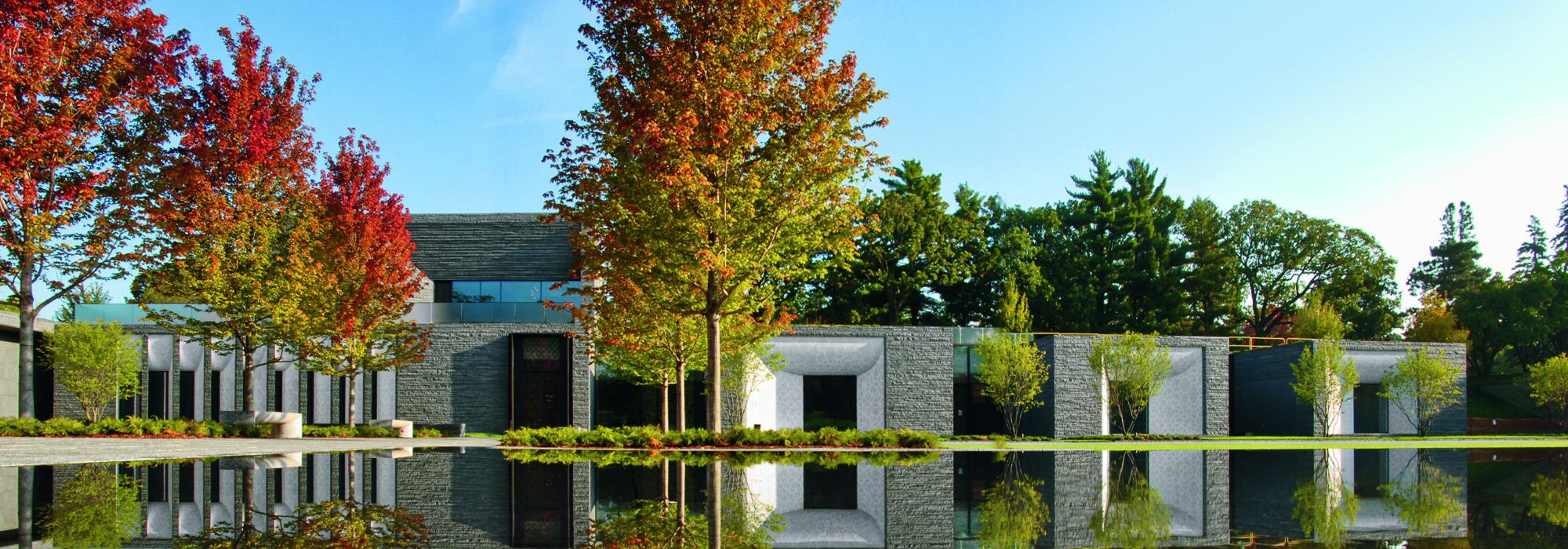2013's Notable Developments in Landscape Architecture
In surveying the year in landscape architecture, "aptness," a word favored by the great Modernist landscape architect Dan Kiley seems, well, appropriate. For Kiley aptness meant reading a landscape and understanding what existed at a particular site before one intervenes. This raises issues of understanding a designed landscape's evolution, balancing stewardship objectives, and communicating how we measure success.

With this in mind, let's start with the people who help evaluate the built environment and shape debate - critics. In a 2011 column, I called for architecture criticism to transcend its fascination with objects and to understand and recognize the interconnectedness of landscapes and buildings, and the holistic planning innate to landscape architecture. Increasingly, this is happening. The Los Angeles Times' Christopher Hawthorne, the New York Times' Michael Kimmelman, the Philadelphia Inquirer's Inga Saffron, the San Francisco Chronicle's John King and others regularly provide thoughtful, contextual writing that explains the larger narrative. Consider Saffron's recent review of the Kimbell Art Museum's recent addition by Renzo Piano in Fort Worth, TX. The new structure has been billed as having a "dialogue" with Louis Kahn's original building. In assessing Piano's design as a "wan companion to Kahn's stirring museum," Saffron notes:
[T]he dialogue Kahn intended was with the Texas landscape. In a letter to the Kimbell, the Dutch architect Wiel Arets (now dean at the prestigious Illinois Institute of Technology) complained that Piano's pavilion is the equivalent of putting "an addition in front of the White House in Washington." What makes it even worse, said William Whitaker, curator of Penn's architectural archives, Piano removed a grove of century-old oaks, which "inspired Kahn's whole design."
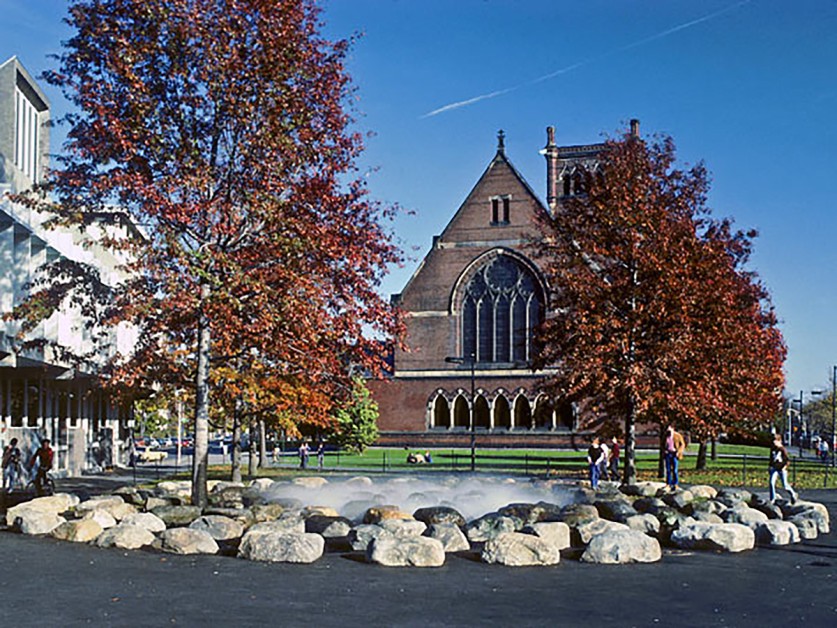
Aptness?
Some other "dialogues" are also causing a stir. The Plaza at Harvard University in Cambridge, MA, a busy pedestrian crossroad, is home to the 1984 Tanner Fountain by landscape architect Peter Walker, the first institutional project in the "Landscape as Art" movement. The minimalist fountain is comprised of 159 granite boulders set within the existing asphalt pathways, lawn and adjacent trees. There's much sotto voce, off-the-record chatter about a new project by Stoss Landscape Urbanism contiguous with Tanner and Harvard Yard, which occupies a portion of the space that once acted as the fountain's proscenium.
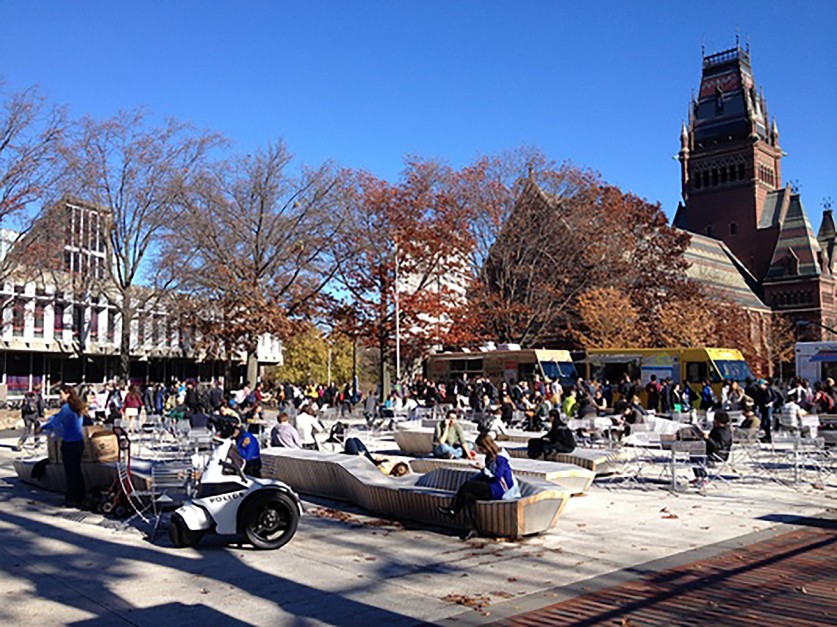
The new project, which could serve as the connective tissue between these two iconic designs instead fills this interstitial space with an abundance of stuff and things -- wooden and concrete sculptural benches, (which glow at night), moveable metal tables and chairs, and a paving and planting palette of diverse color, texture and scale. Throw in a few food trucks (Bon Me's offerings are particularly tasty) and on a nice day it is teeming with students. Was this the only viable solution to the program? Is this a conversation or is one design "talking" over another? How do we measure aptness here?
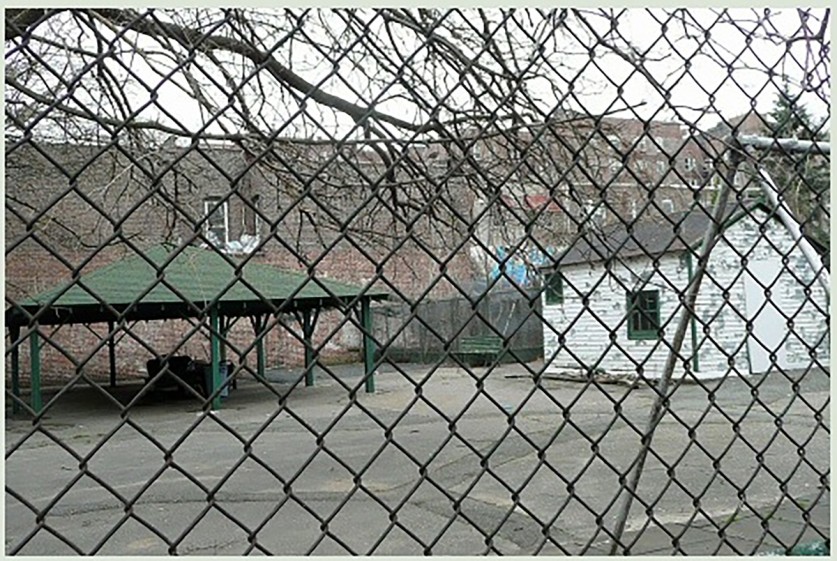
Another hot spot is Sunnyside Gardens, NY, a 1920s Progressive-Era development designed by architects Clarence S. Stein, Henry Wright, and Frederick L. Ackerman with landscape architect Marjorie Sewell Cautley. The site, significant for helping launch the influential planners' careers, contains a contributing space, integral to the original plan, intended for a playground. Although there is a continuity of use, the playground is in a diminished state and there's talk of inserting the Aluminaire House and some low-rise construction.
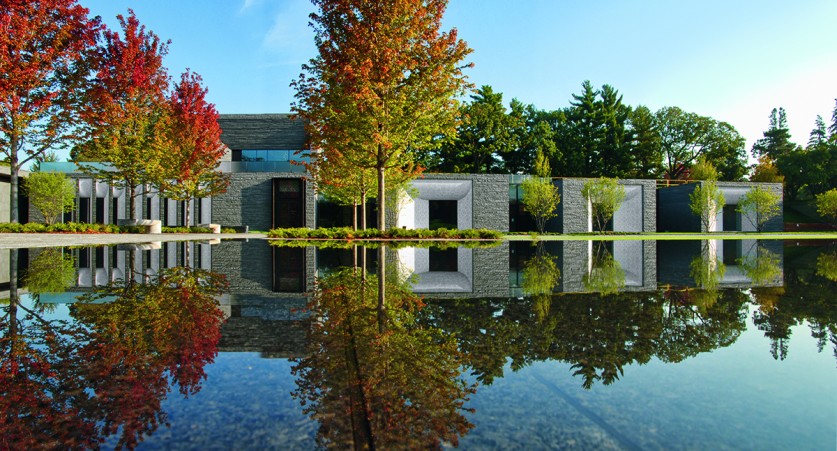
The house, an early 1930s pre-fabricated metal structure, is currently disassembled, in storage and looking for a home. Bold face names in the architecture community strongly support plopping the house into the historic designed open space, which would remove a continuity of use, and sever historic visual and spatial relationships. This suggests one form of design is more important than another.
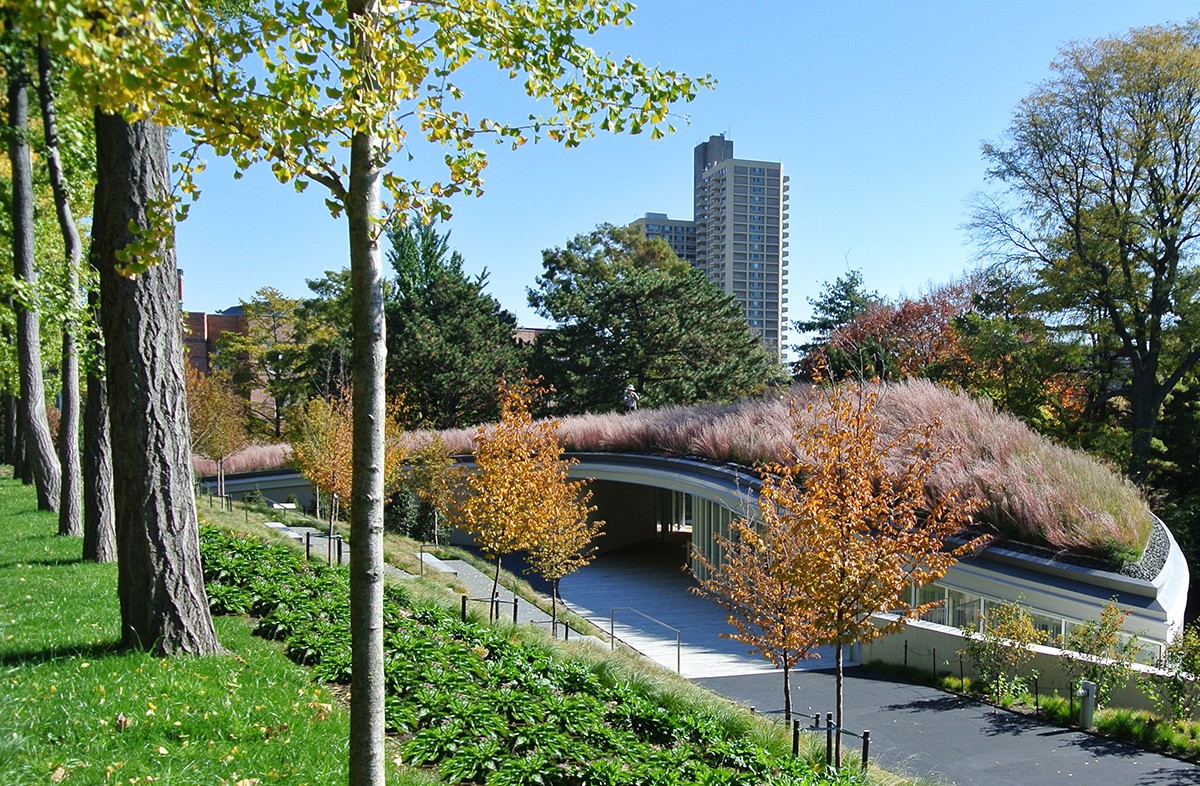
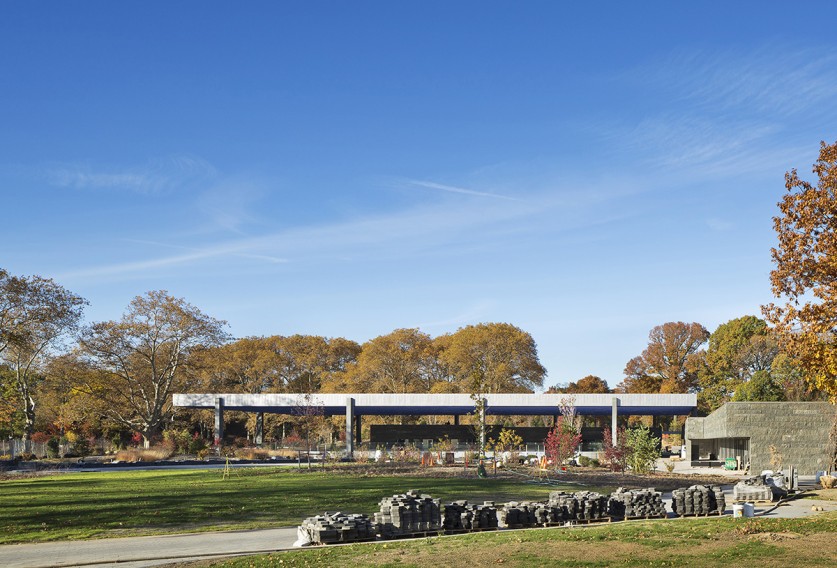
Harmonious Marriages of Landscape and Building
Among the praiseworthy new developments is the mausoleum complex at Lakewood Cemetery in Minneapolis, MN. Here, Adolph Strauch and C.W. Folsom laid out the Picturesque-style cemetery in the 1870s, and Arthur Nichols of Morell and Nichols designed a 1948 addition.
The new project is by Halvorson Design Partnership and HGA Architects. Halvorson has long been involved with Lakewood - they developed the cemetery's master plan a decade ago; helped develop the RFP (Request For Proposals) for the mausoleum complex and interviewed all of the architecture firms that applied. Moreover, Lakewood's very hands-on owners insisted Halvorson be the landscape architect for the project. The resulting Modernist addition is sublime. Important, existing sight lines are maintained and reinforced, structures are subordinate while also contributing to the overall composition, and the environment created is reverential and contemplative.
Aptness.
Another winning proposition is HMWhite's three-acre project at New York's Brooklyn Botanical Garden (BBG), which includes a new 10,000-square-foot visitor center by Weiss/Manfredi. The project, which officially opened in 2012, continues to receive awards and accolades. HMWhite's involvement, like Halvorson, is broader; the firm was retained by BBG in 2006 to develop the site's master plan, which carefully integrated the visitor center into the broader site narrative.
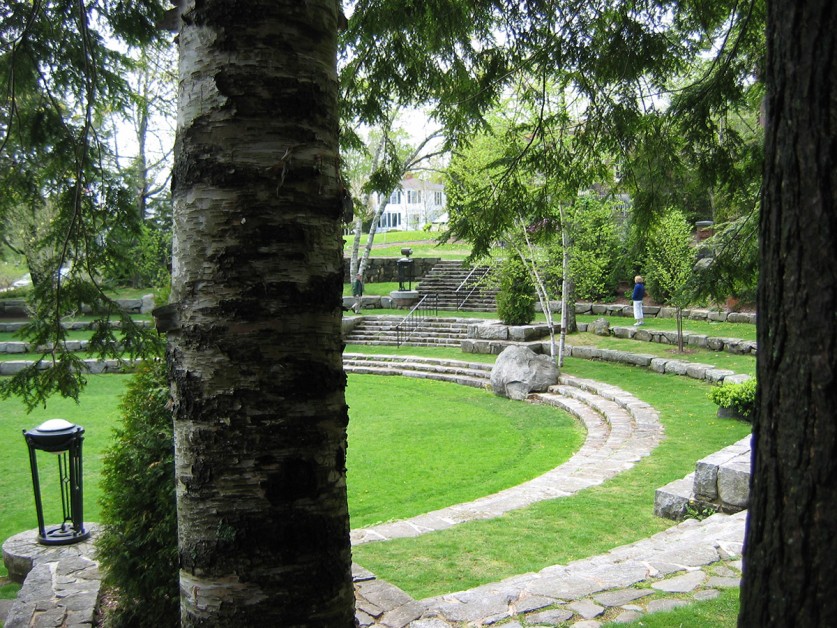
Elsewhere in Brooklyn, a new 26-acre, $74 million project opens this month at Frederick Law Olmsted, Sr. and Calvert Vaux's masterwork, Prospect Park. Tod Williams Billie Tsien Architects collaborated with Prospect Park Alliance Vice President and landscape architect Christian Zimmerman on the effort, which includes a 34,000-square-foot multi-use facility.
The result honors the original Olmsted and Vaux design intent, restores formerly compromised visual and spatial relationships to the lake and its associated landscape, while still addressing 21st century recreational and environmental demands.
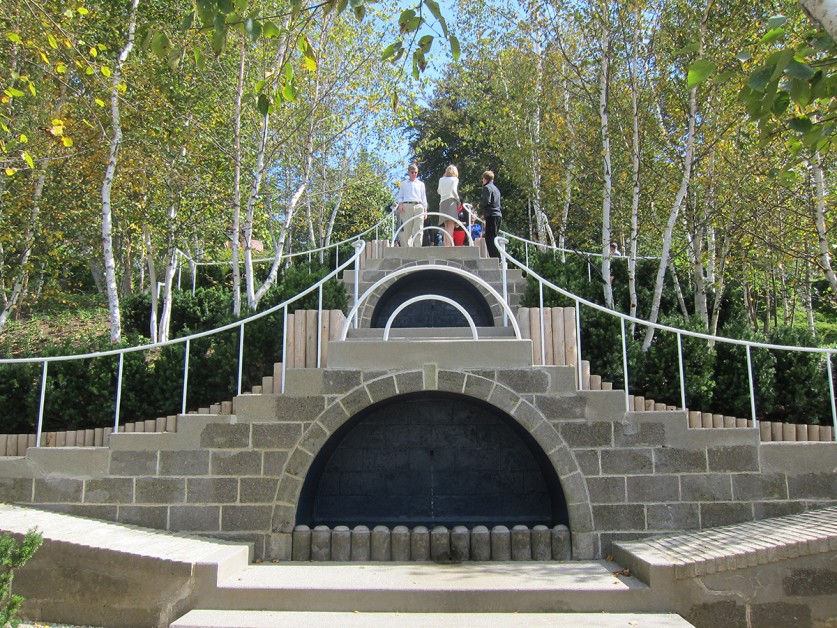
Credits and Designations
For Modernist designs, 2013 was a banner year for sites added to the National Register of Historic Places and/or designated National Historic Landmarks (NHL) with the Portland Open Space Sequence, OR (designed by Lawrence Halprin); Gas Works Park in Seattle, WA (Richard Haag); Peavey Plaza, Minneapolis, MN (M. Paul Friedberg) and Allegheny Commons, Pittsburgh (Simonds & Simonds) all listed on the National Register.
In addition, Fletcher Steele joined Frederick Law Olmsted, Sr. and Dan Kiley as landscape architects who designed more than one work deemed an NHL. His Camden Library Amphitheater in Maine, arguably the nation's first Modernist landscape, became an NHL following a similar, 2007 designation for his work at Naumkeag, the Choate family summer home in Stockbridge, MA. Naumkeag is managed by the Trustees for Reservations, which is amidst an ambitious and thus far very successful $3.3 million effort to return the site to its original design intent, including Steele's iconic Blue Steps, restored this past summer.
What Next for New York?
Will the impending departure of Michael Bloomberg as New York City's Mayor affect the design trajectory that led to a bevy of nationally and internationally significant projects? While other cities ponder their own High Lines, Phase Two of the original, from the design team led by James Corner Field Operations, is open and plans for Phase Three have been unveiled.
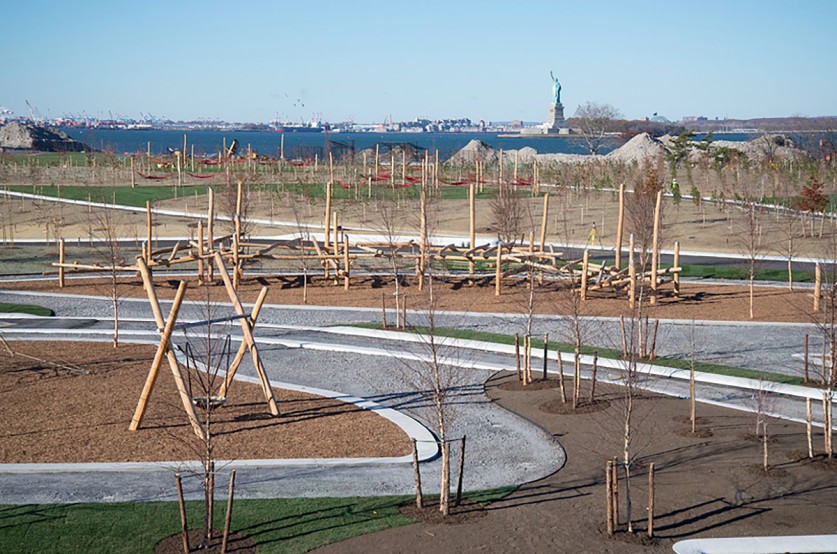
Other notable big vision projects completed in Gotham this year include the second phase of Brooklyn Bridge Park by Michael Van Valkenburgh Associates and the initial phases of Governors Island Park by West8. The bar has been set high for the next administration.
In Memoriam
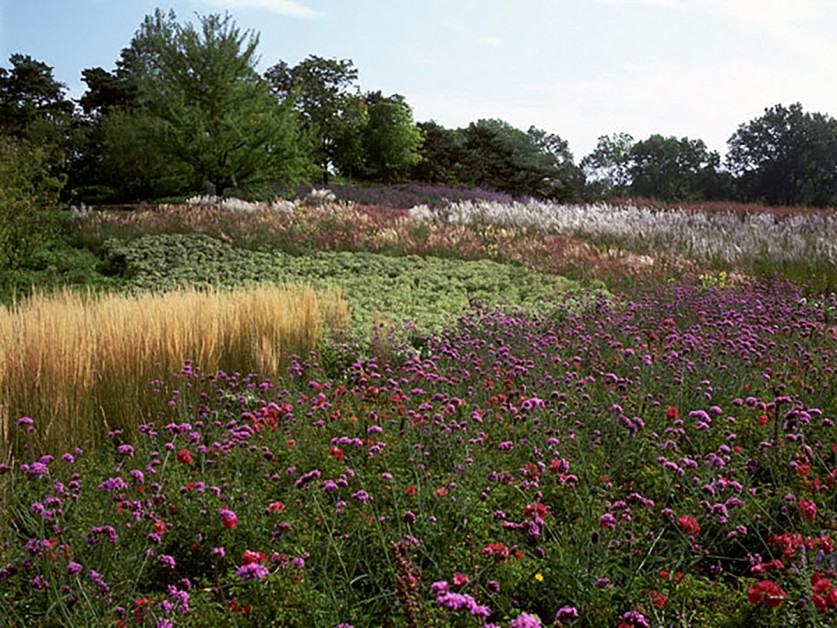
Finally, we mourn the passing of James van Sweden, who with the late Wolfgang Oehme created the New American Garden. His voluptuous designs wed texture, color and light with the same élan and genius that Helen Frankenthaler did with her stained Color Field paintings. His clients became lifelong friends, collaborators and willing co-conspirators, as well as evangelists for Jim's brilliance and for landscape architecture. His great sweeps of grasses at places as stodgy sounding as the Federal Reserve Board seemed perfectly appropriate - wonderful design conversations worthy of Kiley's "aptness" designation.
This blog first appeared on the Huffington Post Web site on December 4, 2013.



